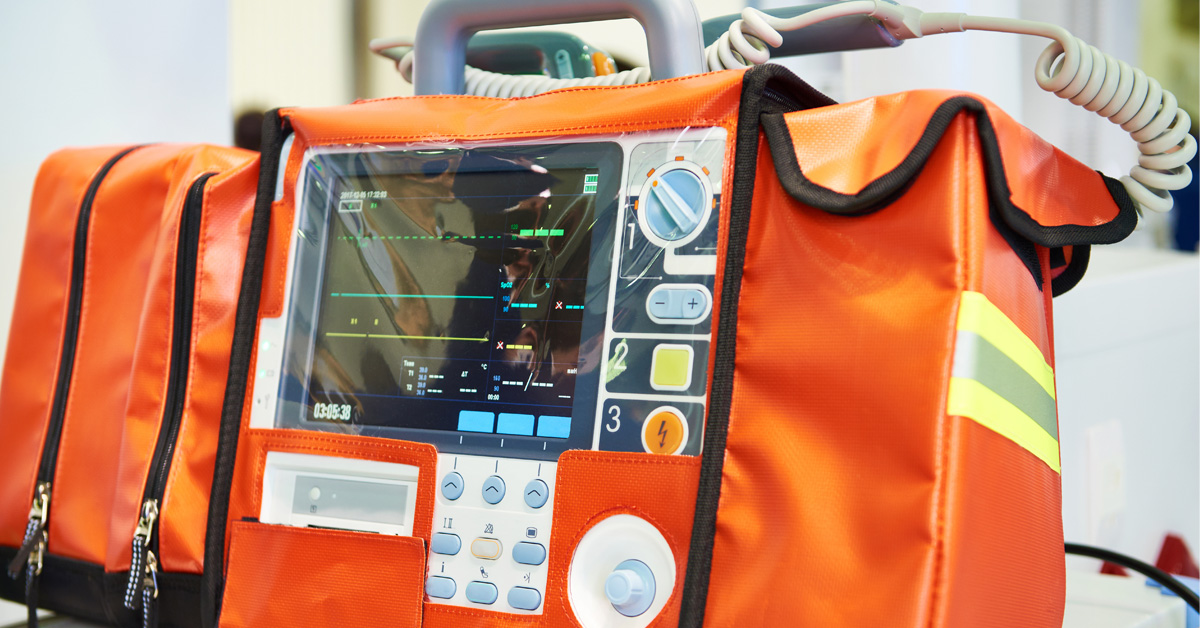
Hospice Does Not Require a DNR
One common myth about hospice is that patients must forgo the option to be resuscitated when dying. While most patients in hospice make an advance directive stating a preference to not be resuscitated or intubated, this is not a requirement. Here we explore this choice and how it affects hospice care.
What is a DNR?
DNR stands for “do not resuscitate.” This document is usually for people in their last months of life. It’s more helpful in emergency situations than the living will, because it results in a yellow and red piece of paper with standard formatting. People who are ready to die a natural death at home can post this DNR sign on their bedroom doors, over their beds, or some other place where EMTs will easily find it. Patients may also wear a bracelet and/or a pendant to communicate the DNR choice to healthcare workers. The DNR flyer or worn items tell EMTs a person’s wishes at a glance, without the EMT even having to read it. In emergency situations, EMTs won’t take the time to read a living will. If there is any doubt, they will resuscitate.
What is a DNI?
DNI stands for “do not intubate.” Intubation refers to inserting a tube into a patient, usually down the throat. A DNI is a very recognizable, straight-forward document like the DNR. It lets medical personnel providing emergent care know the patient’s wishes at a glance.
Does Hospice Require a DNR?
It is a common misconception that Medicare requires a DNR for patients to receive hospice benefits. Under Medicare guidelines, a DNR is *not* an eligibility requirement for hospice. However, hospice may need to discharge a patient to other types of healthcare providers if a patient starts receiving certain types of care from other providers. Also, hospice nurses make it their job to explain end-of-life care issues and documents to patients and to help patients execute those documents if needed. Some hospice professionals report that individual programs, especially non-Medicare programs, require a DNR. If this is the case, this is an uncommon policy decision made by the occasional isolated agency. As a general Medicare requirement, DNRs are optional.
How Many Hospice Patients Refuse the DNR?
In fact, 13% of hospice patients choose to be resuscitated should the need arise. Patients who are younger, male, or diagnosed with cancer prove more likely to choose resuscitation. Some might ask, “Why wouldn’t you want to be resuscitated if your heart stopped or if you stopped breathing?” This question is based in part on a common assumption that resuscitating a patient saves the life. In hospice, it does not. It only prolongs the process. Claire Ankuda of the Robert Wood Johnson Clinical Scholars Program of the University of Michigan published a study of this issue in the Journal of Palliative Medicine.1 Hospice patients without a DNR prove no more or less likely than patients with one to live longer than 179 days.
Conclusion
In conclusion, the choice of resuscitation is a deeply personal one. Medicare gives patients the freedom to choose. All hospice agencies will review DNR options with patients, and most will leave that choice to the patient. The choice does not affect long-term survival. In the end, the choice comes down to what makes each individual patient more comfortable.
Reference
- Ankuda CK, Fonger E, O’Neil T. Electing full code in hospice: patient characteristics and live discharge rates. Journal of Palliative Medicine. 2018 Mar 1;21(3):297-301.





